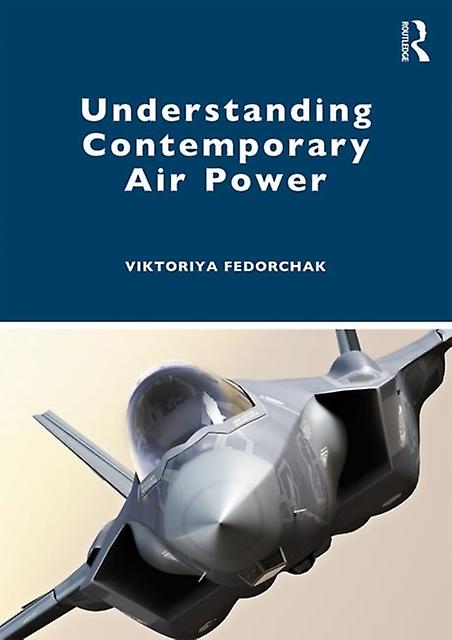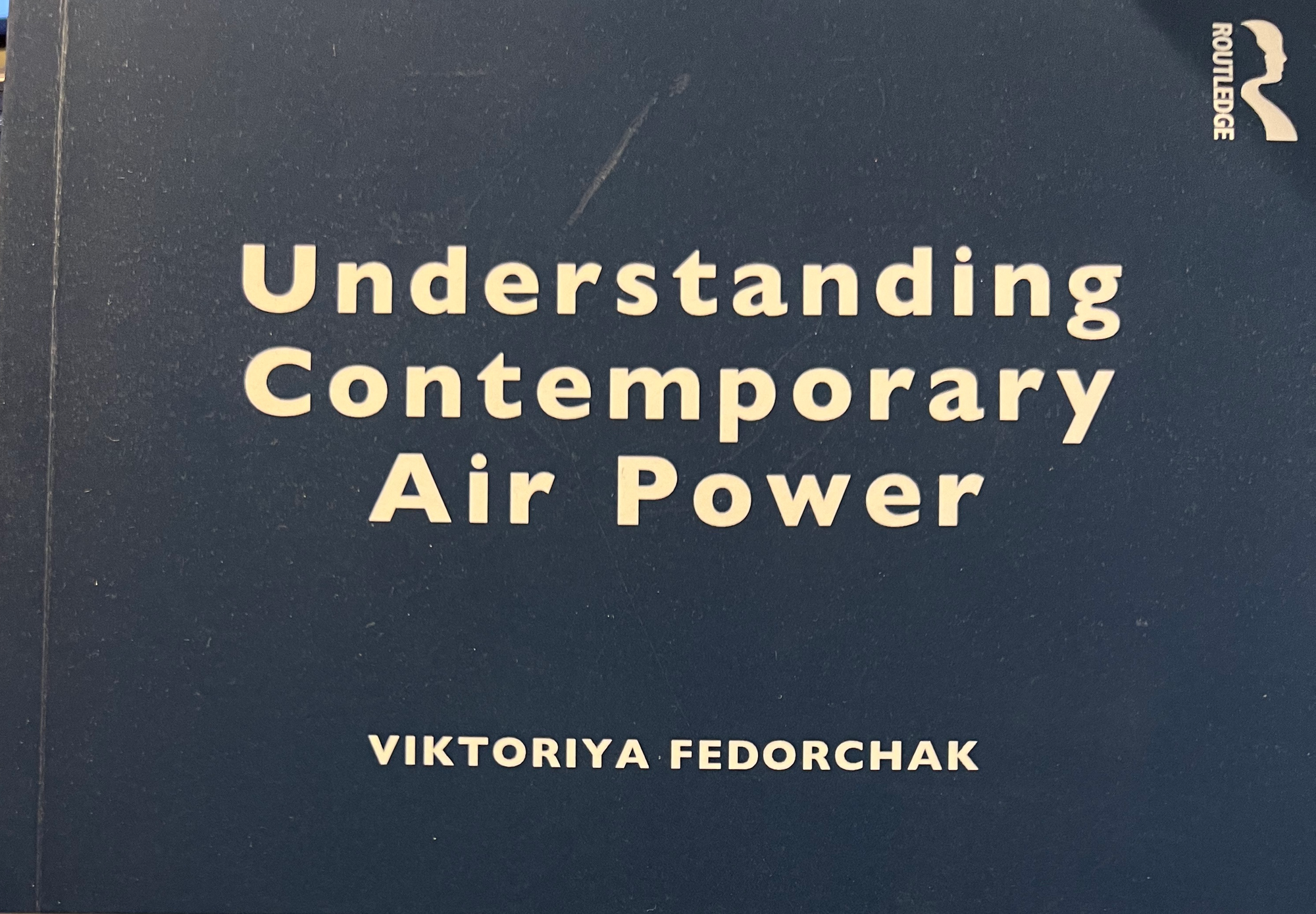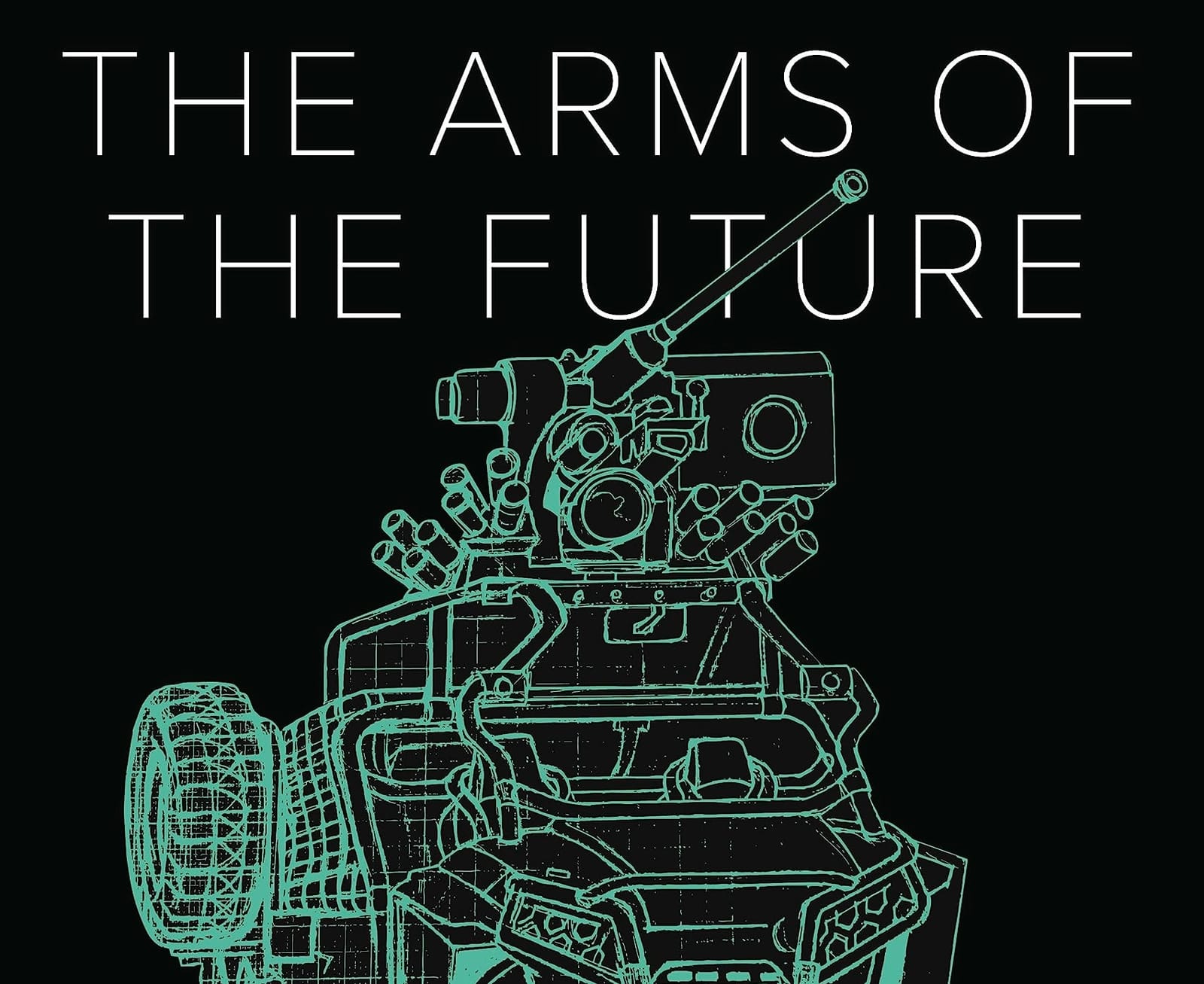Students or aviators searching for air power reference points are most fortunate to have regular publications of generally illustrative overviews of the topic. Their authors deftly describe the discipline’s foundations, detailing the state of the art of thinking while even sometimes, proposing new paths to pursue. This is the case of the highly acclaimed Routledge Handbook of Air Power,[1] published in 2018 and edited by Colonel John Andreas Olsen, whom faithful readers have learned to appreciate. In another vein, following a more historical approach is a shorter text, published in 2020 and written by Frank Ledgwidge. Entitled Aerial Warfare: A Very Short Introduction,[2] it immediately captures the reader’s attention upon opening its front cover. In the French library, one can find Phillippe Steininger’s remarkable Les fondamentaux de la puissance aérienne moderne [The Fundamentals of Modern Air Power],[3] also published in 2020 and reviewed in Vortex’s first issue. Finally, there is Viktoriya Fedorchak’s Understanding Contemporary Air Power[4] to complete the list, which warrants a much closer look in detail. This is the purpose for this review.
As one of the key figures responsible for the recent evolution of the British Royal Air Force doctrine, Fedorchak is a common “air force” household name. Her most notable work, published in 2018, is British Air Power: The Doctrinal Path to Jointery.[5] Previously, she held the position of Lecturer of Military History at Maynooth University in Ireland, where she taught various courses for the Military College of the Irish Defence Forces. She is currently the Lecturer in European Studies at the Norwegian University of Science and Technology. Admittedly inspired by the theses of Air Vice-Marshal Tony Mason – albeit little known in France – to whom she dedicates Understanding Contemporary Air Power and pays a very personal tribute. Amongst renowned British and Nordic researchers innovating air power thinking, she is one of the most prolific experts in Europe today.
Fedorchak outlines in her introduction the reasons for writing this – in what she describes as a – textbook. It is “the necessity to provide [the] context for understanding contemporary air power in different operating environments, illustrating the situation specifics of its preparation, employment, and consequences of its use”.[6] She hopes this book can serve as a bridge between air power reflections of the past and current generations as well as the ones to come.[7] Finally, in order to reach a broader audience, Fedorchak specifies when the use of air power is justified by presenting both its strengths and limitations in particular contexts.[8]
This textbook, consisting of nine chapters, can be read as a sequence of nine lessons. Each chapter ends with a short conclusion, followed by a few questions about the content. These questions allow the reader to critically reflect on Fedorchak’s overarching points, thereby also retaining the essentials. These nine chapters are equally divided into three main parts, recounting successively the fundamental concepts, the use of air power in different types of conflict and, finally, both socio-political and prospective aspects involved.
The first part comprises three chapters. The first recounts the various past reflections made on the notion of air power. Fedorchak provides a number of its definitions, conceived between 1946 and 2017, demonstrating how the perception of air power has evolved over time. She then gives a classic introduction to air power attributes before outlining the four fundamental roles she believes it can fulfil. These include air control, attack, Intelligence, Surveillance and Reconnaissance (ISR), and lastly, mobility. She also mentions space power, emphasising on the importance of space situational awareness, space control, and support to operations from space. Interestingly, Fedorchak makes no mention of the term, “aerospace power,” a term that has been gaining traction in recent years.
The evolution of air power theory is the theme of the second chapter. The author graciously recaps in curt efficiency the already well-known classics of the inter-war period so as to focus more on the key contemporary figures and their contributions: Tony Mason, John Warden, Eliot Cohen, Robert Pape, Richard Hallion, Colin Gray, and Philip Meilinger. The mention of these renowned names reveals the preeminence of Anglo-Saxon thinking on the strategic community today. Fedorchak highlights the importance of context in the development of these theories, in particular the impact of victorious campaigns or innovative technologies on the development of their ideas.
This first part thus concludes with a chapter on the essential factors that must be prioritised in order to implement air power effectively. For Fedorchak, the people, technology, and political will are decisive elements. These three pillars each consist of many working parts, such as command and control (C2), the possession of complementary air platforms, and ethics. Notably, this chapter provides a timely reminder to airmen how crucial it is to be supported by a sustainable political willingness in achieving designated objectives.

In the second part, operations in conventional conflicts, insurgencies, and peace support missions are discussed in turn. The fourth chapter, after devoting a few pages to the two world wars, mostly consist of an analysis of the wars in Iraq of 1991 and 2003. Fedorchak concludes by arguing that conventional warfare is not obsolete and remains as always a possibility, as such, air power will continue to play its four fundamental roles. Nevertheless, in the future, the form of these conflicts may manifest differently due to new integrating possibilities of existing environments and fields along with possible synergies brought forth by new technologies.
The next chapter on counterinsurgency operations covers operations in Malaysia, Vietnam, Chechnya, Afghanistan, Iraq, and the latest conflict against Daech. Here, Fedorchak stresses the essential albeit limited role that air power can play. Indeed, air power continues to provide unique capabilities as a veritable asset for any who possess them. Yet campaigns in this type of conflict must be conducted on several lines of operation in order to be successful: The third dimension is but only one of them. Even with the advent of drones, air power alone cannot decide a campaign’s outcome.
This second section concludes with a discussion on air power in support of peace operations, no-fly zones, and the Responsibility to Protect (R2P). Of clear importance as they are discussed less often in classic air power literature, these themes refer to missions that have largely mobilised Western airmen over the past three decades. Fedorchak insists that in such operations, it is imperative that air power remain flexible. Nevertheless, she admittedly concedes that the nature of these conflicts are indeed complex, notably due to the presence of various military and political actors.
The third and final part includes three chapters exploring civil-military relations, describing the main air forces today, and closing with a discussion on future challenges. Through civil-military links, Fedorchak rightfully states that being merely militarily effective on the battlefield is not enough. The image that air power projects back to civil society, notably through the media in times of war, is fundamental in terms of setting expectations, clarifying the perception of its effects, and understanding its functioning. Developing this narrative is not only essential in convincing the population of its continued relevance, utility, and military performance, but also to foil an adversary’s disinformation and propaganda that is quick to exploit weaknesses or errors. In short, airmen and citizens must avoid having misunderstandings of each other.
The eighth chapter on national air forces focuses on two types of air forces. Those with global ambitions are presented first. Not surprisingly, the military air forces of the United States, Russia, and China fall into this category. The author then presents two air forces with a regional vocation, namely Great Britain and France. The example of Sweden is also included with an emphasis on its political choice of neutrality. Fedorchak explains the difficulty of procuring a large number of equipment with cutting edge technology. She notes that, for France, while its air force is a powerful tool for influence and power projection, its modest number of aircrafts risks the possibility of performing sustainable unilateral actions.
Finally, the last chapter is an excellent entry for reflecting on the future. Studies on multi-domain operations (MDO) were perhaps less extensive than it is today when Fedorchak wrote this textbook. Although not directly addressed, issues related to space, the integration of Unmanned Aerial Vehicles (UAVs), and cyber modes of action are nonetheless accounted for. Beyond the evolution of financial and industrial aspects, along with the future nature of conflicts, the author believes that it is humans themselves that will continue to play an essential role.
Her conclusion hence opens with the question of what the success of air power will depend on in the future. Quoting Mason, her answer is that increased cooperation and interoperability will be decisive.
Beyond what this brief review reveals, Fedorchak undoubtedly shares many more avenues of thinking. Yet, as comprehensive as it may be, some of her ideas are perhaps cut too abruptly, as if the author did not have enough space – or class time – to explore in detail. Indeed, the layout is sometimes akin to a powerpoint presentation with ideas listed and introduced by bullet points. While students will appreciate this cogent style that focuses only on the essentials (after all, this is a textbook), readers may find the presentation a little abrupt as the listing of arguments sometimes takes precedence over their expansion.
On the substance itself, one can of course disagree here and there on certain proposals. Namely, in regard to the first few chapters, it is regrettable that for a textbook aimed at understanding modern air power, it does not offer its own original definition. Fedorchak’s claim of impermanence – the character of what does not last – as an air power attribute[9] can also be contested. For one, this observation is less valid since the advent of drones. Certainly, as Fedorchak states, UAVs cannot remain in the air indefinitely. Yet, the same holds true for soldiers on the ground: They must be regularly rotated out due to fatigue, thus not differing too much from drones. Most importantly, because they can be easily deployed – oftentimes much more than aircrafts, drones are, in fact, able to ensure a permanent presence over an area.[10] Finally, it would have also been nice to have had more diversity in air warfare schools of thought, besides predominantly Anglo-Saxon ones to capture converging points of interests, but also limitations.
Beyond these minor criticisms, Fedorchak’s textbook is a great success. It is an appropriately appropriate source for structuring one’s thoughts, devising counter-arguments, and deepening one’s knowledge. Needless to digress further, Understanding Contemporary Air Power is invaluable for those both old and new to air power, and thus deserves to be read with a closer eye.
Literature
[1] J. A. Olsen (ed.), Routledge Handbook of Air Power (London: Routledge, 2018).
[2] F. Ledwidge, Aerial Warfare: A Very Short Introduction (Oxford: OUP Oxford, 2020).
[3] P. Steininger, Les fondamentaux de la puissance aérienne moderne (Paris: L'Harmattan, 2020).
[4] V. Fedorchak, Understanding Contemporary Air Power (London: Routledge, 2020).
[5] V. Fedorchak, British Air Power: The Doctrinal Path to Jointery (London: Bloomsbury Academic, 2018).
[6] Fedorchak, Understanding Contemporary Air Power, 1.
[7] Ibid., 2.
[8] Ibid.
[9] Ibid., 9.
[10] Provided, of course, that there are enough of them.
Artikkelen ble først publisert i det franske tidsskriftet Vortex 2-2021.
Foto: Utsnitt av forside av boken. Foto: Carl W. Wilhelmsen





